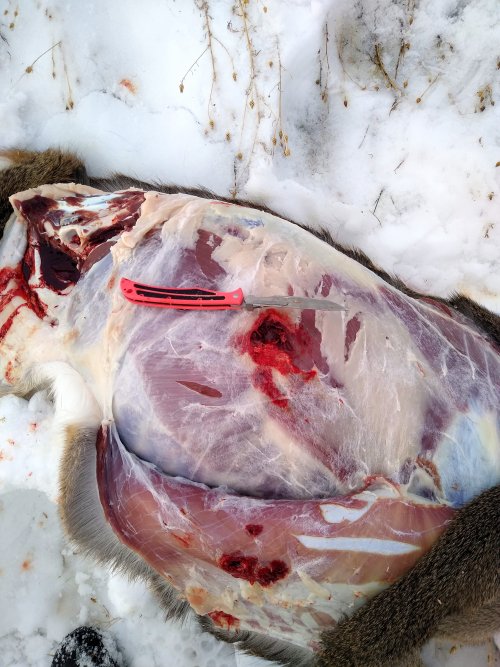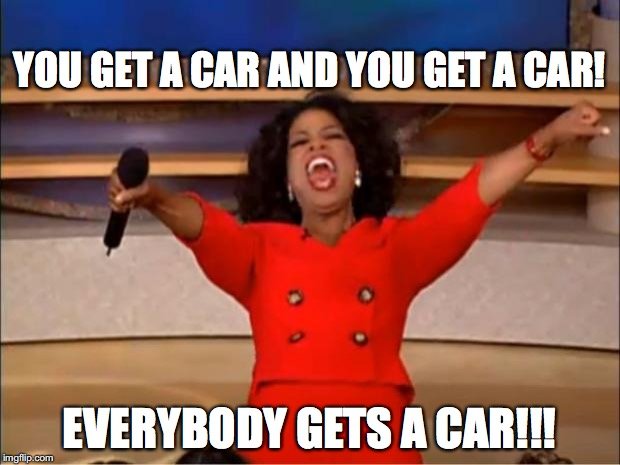sacountry
Well-known member
Rough lifeI can tell you from my experience here in AK. 30% of people who draw tags don't hunt them. Same goes for people who get tags. They get them them with intention of going, and don't use them. How accurate that is, no one knows, but I think its close.
I get tags that I never hunt. I'll pick up a tag just to have in case I go after that animal, but I don't. i.e. goat tag.I think having a tag in my pocket will motivate me, but it doesn't, its a goat.






